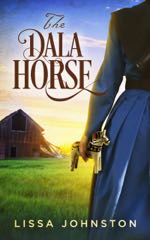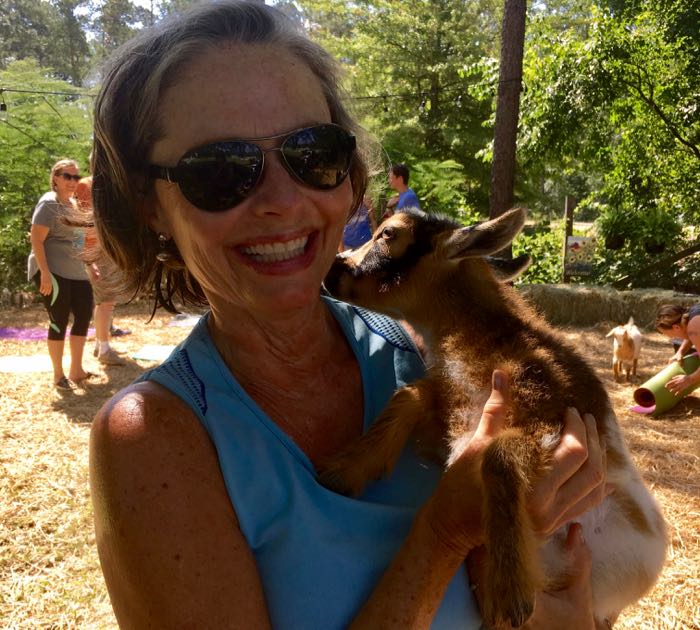My biggest, perhaps only, emotional challenge as a writer is
motivation/self-discipline/time management.
After I transitioned from traditional to self-publishing a few years ago, one of the many benefits was that I set my own deadlines.
For my personality type (Ooh, shiny!) this is also the bad news. There are so many distractions. And as a Type A, I love checking things off my list. That usually translates to going for the low-hanging fruit and doing the quick, easy projects first.
In my world, these are often stupid, unimportant non-writing tasks whose sole purpose is to be checked off a list.
I’ve made some progress in the realm of self-discipline. Benjamin Hardy’s treatise on willpower in particular has been useful. He says willpower is like a muscle. The more you use it, the stronger it gets.
I also try to dice large projects into small, digestible bits to avoid getting overwhelmed.
How “Bullet Journaling” Can Benefit Writers
A couple of years ago I discovered bullet journaling, or “bujo.” It’s basically a personalized checklist of things you want to accomplish on the regular, as opposed to (or in addition to) keeping everything organized digitally.
An analog journal has many benefits, one of which is infinite customization. You can keep track of whatever suits your fancy. The customization option that has helped me the most with regard to time management is something called a habit tracker.
I started off tracking things like exercise and other ancillary habits I wanted to incorporate into my daily routine. Initially, I didn’t include writing in the tracker, because that’s my job, and I’m supposed to be doing that every day, am I right?
But when I DID start tracking it and saw that I was not, in fact, giving it the attention it deserved, that was a wake-up call.
Now when I look at my bujo and see the tracker, I make sure the Writing box is legitimately checked off every stinkin’ day. No cheating!
Why Writers Should Write by Hand More Often
If I hear (or say) “sitting is the new smoking” one more time, I’m gonna scream. But it’s true.
Sitting is my top physical challenge in the writing life. Habit tracker to the rescue again. I track yoga AND 30 minutes minimum of fitness, not one or the other.
And let’s not forget the writer’s most important resource: the brain. It’s easy to overlook brain health when we’re worried about fitting into our jeans. Thank goodness physical activity kills two birds, fighting the war on sitting as well as pumping oxygen to the noodle.
I’ve also gone back to the strangely comforting physical act of writing, such as doodling, or making notes by hand in addition to typing them. Many studies indicate putting pen to paper has marvelous benefits for the brain.
And let’s not forget to hydrate the brain and be sure to get plenty of good quality sleep. I do pretty well with these two, but I know lots of people add hydration and sleep goals to their habit trackers.

I Set Up a Yoga Practice that Allows NO Excuses
Two years ago I committed to daily yoga as a New Year’s Resolution and I’m happy to say I’ve stuck with it.
Now I know what you’re thinking: Daily? That’s a little too crazy. But here’s my logic: if I set my intention to “daily,” when I miss (and I will), I’m only down to 4-5 days a week. If I set my intention too low, and I have the inevitable miss, I’ll be on a slippery slope to letting it drop from my schedule entirely.
This strategy works for all types of habits (hint, hint).
I live out in the boonies and I’m way lazy, so what works best for me is yoga DVDs and an online membership (I use Gaia but there are many others) so there are NO EXCUSES. Something else I’ve recently added to my writing routine is an affordable ($70) adjustable rolling standing desk that tucks into a corner when I’m not using it. I really like it.
When You’re Stuck, Try Story Forge
When I’m stuck on something, I find doodling, mind mapping, and loads of research a powerful combination to help break through and find solutions to thorny plotting problems.
One other kinda wonky tool I picked up a few years ago is something called Story Forge. Envision tarot cards for writers. They provide different card layouts depending on what you’re having trouble with—plotting, character development, etc.
You lay out the cards and see where they take you. Sometimes they make absolutely no sense whatsoever. But I usually get pointed in a direction.
And of course, get outside! As an introvert, I really have to remind myself to balance my alone time with outside stimuli.
Why Writers Should “Make Their Own Soup”
Something I think we all bristle at is dealing with gatekeepers.
Looking back, I am always put in mind of the Soup Nazi from Seinfeld—No soup for you! This was part of the reason I took a break from writing for a while. Just wasn’t worth it.
But when I came back to it, self-publishing was a thing, and I was like, oh yes this is definitely my thing. Now of course in the self-publishing world, all the minutia of submissions is replaced with the minutia of running your own business.
There’s still plenty of non-writing stuff to be done. But at least we self-pubbers have taken the power back. I’ll make my own soup, thank you very much.
Are there days when I say what’s the use? Absolutely. But I hate giving up, and I’m just not ready to be a quitter yet.
My Favorite Thing About Writing: Watching the Brain Work
This is a small thing, but I love it every time it happens. I call it the or, OR moment.
You’re noodling something around, and it’s not working, and you’ve doodled and researched and pondered, and you’re coming up empty.
So you do all your creativity hacks (see above) and put your subconscious to work, and it delivers, and the ideas are flowing and they’re progressively better, building on each other, and you can’t get them written down fast enough: this could happen, then that, or, OR the other thing could happen . . . I
I think that’s my favorite thing about writing—watching the brain work, in all its what-if-a-cauliflower-and-a-walnut-had-a-baby magnificence.
Advice for a Young Writer: Be Realistic
To anyone of any age who is considering following a path as a creative, I would say: be realistic.
It’s hard, but don’t let anyone discourage you if you feel strongly this is for you. Educate yourself. Treat it like a business. Take care of the details, and the work will take care of itself.
* * *
 Lissa Johnston’s journey to becoming a writer began with some upper level history classes in college. What used to be the most boring subject EVER was suddenly her passion, thanks to some great professors. Her first books were traditionally published non-fiction, the kind you might find on school library shelves.
Lissa Johnston’s journey to becoming a writer began with some upper level history classes in college. What used to be the most boring subject EVER was suddenly her passion, thanks to some great professors. Her first books were traditionally published non-fiction, the kind you might find on school library shelves.
After publishing several non-fiction books, Lissa now enjoys applying her research skills to fiction projects. She is the author of the middle grade historical adventure The Dala Horse. Her current project is a YA conspiracy thriller trilogy.
Lissa has a Master’s in history from The University of Texas at Arlington. She lives and works at home on Lake Murray in South Carolina, where she doesn’t miss cold weather one bit.
For more information on Lissa and her work, please see her website or her Amazon author page, or connect with her on Facebook, Twitter, Instagram, Pinterest, and GooglePlus.
 The Dala Horse: 10-year-old Kaya Olson lives in a small Norwegian immigrant settlement in post-Civil War Texas.
The Dala Horse: 10-year-old Kaya Olson lives in a small Norwegian immigrant settlement in post-Civil War Texas.
When her mother is killed in a stage coach robbery, Kaya feels responsible.
Can she uncover the secrets her family is keeping to solve the mystery surrounding her mother’s death?
Available at Amazon.

